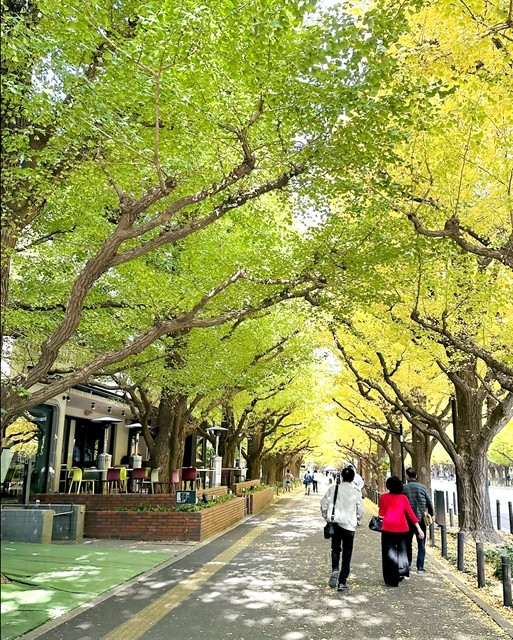

In the report, 80% of 1,500 Vietnamese survey respondents planned to have an overseas holiday, just slightly behind Thailand and Singapore at 86% and 85%, respectively, and ahead of the Philippines at 69%, Malaysia at 64% and Indonesia at 56%.
The survey shows that intent to travel remains strong across the region.
Of those surveyed, 72% of Grab users plan to travel abroad at least once in the next 12 months, jumping from just 39% when borders reopened in 2022, indicating intent to travel has climbed by 84% in just one year.
While Thailand, Singapore and Malaysia lead the way in terms of destinations within Southeast Asia, Vietnamese put Japan, the Republic off Korea and China at the top list of countries they are planning to explore.
Some 77% of those planning leisure trips are planning to travel two or more times in the next 12 months.
Families represent one of the most significant audience segments for 2023 travel with Vietnam sharing this pattern. Nearly three in five respondents from Vietnam said they plan to travel with their families, while 35% plan to organise trips with their spouse and 39% plan to holiday with their friends.
But group travel is no small undertaking, especially with children – and it’s clear that these family holidaymakers prioritise safety and convenience above all.
For example, when selecting an accommodation, top priorities among travellers in Southeast Asia include family suites and connecting rooms, along with child-friendly amenities and safety features such as child-proofing or secured balconies.
According to the report, after two years of disruption during the pandemic, travellers increasingly prefer to plan.
Some 47% of the respondents from Vietnam plan one to three months ahead for international travel.
More than half shared that their budgets are already fixed weeks before they step foot abroad.
The report also found that most travellers prefer to take charge of planning their own daily itineraries. In addition, 62% of Southeast Asian travellers surveyed this year said they would buy travel insurance to cover their trips.
To capture a greater slice of the pie, travel brands should initiate marketing activities to influence travellers early during the discovery phase, when they’re still exploring and comparing their options.
To catch the trend, GrabAds is ardently exploring opportunities to work closely with travel and tourism brands to innovate and provide an exciting, dynamic travel experience for jetsetters from Vietnam and Southeast Asia at large.
Doan Thanh Huyen, head of GrabAds, Vietnam, said, “More and more Vietnamese are exploring and experiencing everyday services on the Grab app. They represent an increasing base of consumers who are getting tech-savvy to maximise the convenience and organisation of their life, from daily mobility and delivery to holiday planning.
Their engagement with the app, thus, creates a wealth of hyperlocal insights that enable brands and advertisers to build deep and meaningful connections with their consumers.”
“When it comes to tourism, last year, brands may have focused on short-term impulse campaigns based on pent-up lockdown fear of missing out (fomo) - but they now need to shift towards developing long-term relationships with savvy travellers as they dream, plan, book and experience travel. It could be as simple as maintaining year-round communication with consumers or utilising online to offline channels to promote the latest offers,” added Huyen.
Recently, the company partnered with Mediabank Inc to build a campaign for the Japan Tourism Agency (JTA) to create awareness for travellers across the region to ‘Discover Another Side of Japan’ beyond the traditional tourist spots.
Utilising Grab’s online-to-offline ecosystem and deep understanding of Southeast Asian consumers, the campaign connected JTA to the many Grab users who rank Japan as a top international travel destination.
Source: VNS